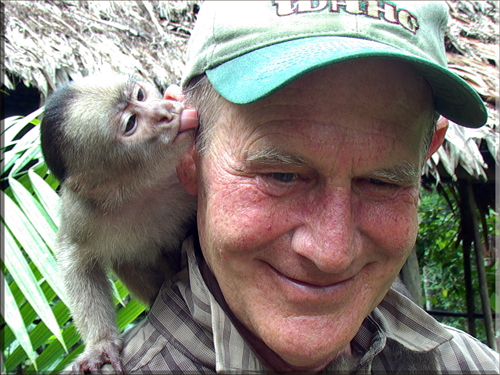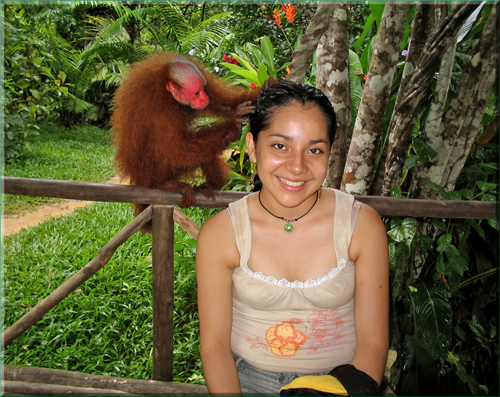The Great River Amazon Raft Race, 2008
Saturday, January 19th, 2008G’Day to my new Bootsnall friends. I know a lot of you are looking for a new travel adventure to capture your imagination, and I think you would like to know more about the 10th annual Great River Amazon Raft Race, Sept 20th to Sept 22, 2008, held in Iquitos Peru. The Great River Amazon Raft Race is the longest raft race in the world, held on the largest river in the world. That captures my imagination right there, how about yours? If that is not enough, try this, the rafts must be constructed of balsa logs, tied together with jungle vines, and part of the deal is you have to build your own raft. Incredible.

The race starts over 118 miles upstream, at the village of Nauta, several miles beyond the beginning of the Amazon River and the finish line is down in the jungle city of Iquitos, the largest, most isolated city in the world, with no roads going anywhere. Iquitos is surrounded by jungle and rivers.
The race will take three days to complete, some say it will take three more days to heal up from. This is a difficult endurance contest. The motto is “The faint of heart need not apply”. That says a lot but does not tell the whole story. Every year male and female rafters up in their 70s sign up for the challenge. Most people probably feel like finishing is winning.
Everyone that has participated in past races form a small band of adventurers with great camaraderie. Those who have not attempted this challenge can not know what it feels like to have finished the longest raft race in the world on a primitive balsa raft, just like the indigenous used hundreds of years before, and still use today.
That is why I do not believe an international team will ever win the Great River Amazon Raft Race. How is a gringo team of athletic adventurers going to beat a team that was born and raised on a raft? A team that reads the current so naturally they do not even know they are reading it?
I hope some of you prove me wrong. I believe the only way to do that is to come to Iquitos a few weeks before the race, build a prototype balsa raft, and practice reading the river currents. I have spent a lot of time on the River and can share some of my hard earned lessons. If anyone is interested leave a comment below. Maybe we can get a team together and test our skills against the best balsa rafters in the world.
The Amazon Rafting Club are the organizers of the Great River Amazon Raft Race. You can check that blog at;
The Great River Amazon Raft Race Blog
There are already several comments on their official blog. This could be a good way for one or two adventurous paddlers to hook up with one or two others and form an international team.
If your imagination has been tweaked by this story, please tell your friends about the Great River Amazon Raft Race, and leave a comment. I will be reporting back here with more details regularly about Living in Iquitos Peru. Please subscribe to the RSS feed at the top of this page. Thank you for your consideration. Best wishes, Bill




 I jump out of my seat and ...
I jump out of my seat and ...